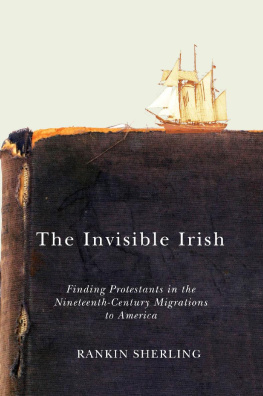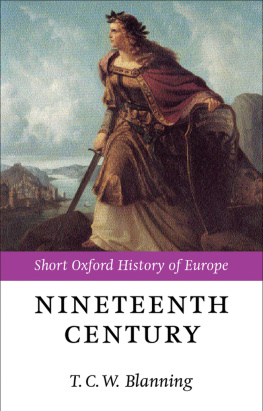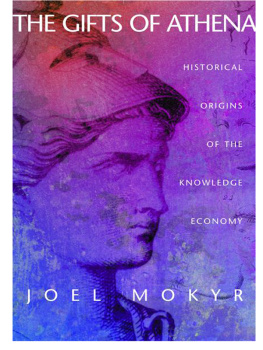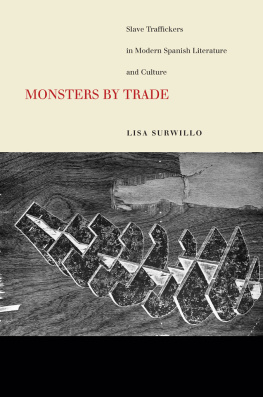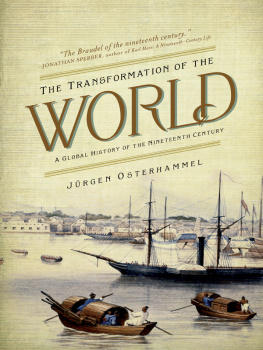Ana Cludia Suriani da Silva is Lecturer in Brazilian Studies at University College London.
Marcia Abreu is Full Professor of Literature at UNICAMP, Brazil.
The essays in this stimulating volume celebrate an essential feature of literary production: that books have always moved beyond political frontiers and that their history is one of international exchange and readerships (despite past tendencies to view literatures in national terms and to restrict the history of printing and publishing to single language groups and national boundaries). As this collection explores in diverse and exciting ways, the communications and transport revolutions of the long nineteenth century produced an unprecedented mobility of texts. It was a mobility that extended the geographical range, and, importantly, multilateral exchanges between old and new worlds. This is a genuinely innovative and pioneering exploration of the extent not only of global integration in these years, but of colonial and non-European books imported and circulating in Europe. As transoceanic mobility of books and periodicals escalated, so did the complexity and fluidity of textual impact, of the different, mutable responses of readers and listeners to the interplay between the material form and the intellectual content of the products of the printing press. In recovering the neglected international exchange of novels, plays and periodicals, their production and producers, their markets and marketing, their translation and their untranslatability, this volume offers a timely and corrective contribution to cultural studies and advances a new agenda in the history of the book.
James Raven, Professor of Modern History, University of Essex and Director of the Cambridge Project for the Book Trust
THE CULTURAL
REVOLUTION OF THE
NINETEENTH
CENTURY
Theatre, the Book-Trade, and Reading in the
Transatlantic World
EDITED BY
M RCIA A BREU AND
A NA C LUDIA S URIANI DA S ILVA
Published in 2016 by
I.B.Tauris & Co. Ltd
London New York
www.ibtauris.com
Copyright Editorial Selection 2016 Mrcia Abreu and Ana Cludia Suriani da Silva
The right of Mrcia Abreu and Ana Cludia Suriani da Silva to be identified as the editors of this work has been asserted by them in accordance with the Copyright, Designs and Patents Act 1988.
Copyright Individual Chapters 2016 Mrcia Abreu, Roger Chartier, Jlio Joaquim da Costa Rodrigues da Silva, Eliana de Freitas Dutra, Lcia Granja, Orna Messer Levin, Joo Lus Lisboa, Tania Regina de Luca, Adelaide Vieira Machado, Daniel Melo, Jean-Yves Mollier, Cludia Poncioni, Ana Cludia Suriani da Silva and Jean-Claude Yon
All rights reserved. Except for brief quotations in a review, this book, or any part thereof, may not be reproduced, stored in or introduced into a retrieval system, or transmitted, in any form or by any means, electronic, mechanical, photocopying, recording or otherwise, without the prior written permission of the publisher.
Every attempt has been made to gain permission for the use of the images in this book.
Any omissions will be rectified in future editions.
References to websites were correct at the time of writing.
International Library of Cultural Studies 39
ISBN: 978 1 78453 177 5
eISBN: 9780 85772 995 8
ePDF: 978 0 85772 798 5
A full CIP record for this book is available from the British Library
A full CIP record is available from the Library of Congress
Library of Congress Catalog Card Number: available
CONTENTS
Mrcia Abreu and Ana Cludia Suriani da Silva
Roger Chartier
Jean-Yves Mollier
Tania Regina de Luca
Joo Lus Lisboa
Lcia Granja
Claudia Poncioni
Eliana de Freitas Dutra
Ana Cludia Suriani da Silva
Adelaide Machado and Jlio Rodrigues da Silva
Mrcia Abreu
Daniel Melo
Jean-Claude Yon
Orna Messer Levin
LIST OF FIGURES
A Estao. Source: National Library of Rio de Janeiro.
Jornal das Famlias. Source: National Library of Rio de Janeiro.
Revista Feminina. Source: Archives of the Sate of So Paulo.
A Vida Moderna. Source: Archives of the Sate of So Paulo.
Revista do Brasil. Source: Tania Regina de Luca?s personal collection.
Klaxon. Source: Tania Regina de Luca?s personal collection.
Revue des Deux Mondes. Source: Francisco de Assis Barbosa.
La Saison. Source: Lipperheide Costume Library, Berlin.
O Brazil Elegante. Source: National Library of Rio de Janeiro.
Young Christian ladies. Source: Society of African Missions, Rome.
Correio das Modas. Source: National Library of Rio de Janeiro.
Jornal das Famlias. Source: National Library of Rio de Janeiro.
(accessed 10 July 2009).
Die Modenwelt. Source: Lipperheide Costume Library, Berlin.
La Saison. Source: Lipperheide Costume Library, Berlin.
Ilustrao da Moda and Les Modes Parisiennes. Source: National Library of France.
A Estao. Source: National Library of Rio de Janeiro.
LIST OF TABLES
Publishers of Paul de Kock's work.
Number of articles with references to Brazil (18701930). Source: Platform Gallica-BNF.126
Typology of articles containing references to Brazil. Source: Platform Gallica-BNF.134
Subject of articles containing references to Brazil. Source: Platform Gallica-BNF.135
Most frequent authors of articles containing references to Brazil. Source: Platform Gallica-BNF.136
Adapted translation of an editorial from the French to the Brazilian edition of Die Modenwelt.161
Content of the 18 issues of O Espelho: Revista de literatura, modas, indstria e artes (185960). Source: The National Library of Rio de Janeiro.16263
INTRODUCTION
CONNECTING PEOPLE THROUGH BOOKS, PERIODICALS AND THEATRE A CULTURAL REVOLUTION
Mrcia Abreu and Ana Cludia Suriani da Silva
The texts collected in this book were first presented to a group of students from Argentina, Brazil, China, Czech Republic, England, France, Germany, Portugal, Romania, Spain, Switzerland and the United States, which congregated in Brazil for the So Paulo School for Advanced Studies on the Globalization of Culture in the Nineteenth Century.
If globalisation is not a new feature of our time, neither the French Revolution nor the Industrial Revolution should be used to define the beginning of this process of worldwide connections. Frederick Cooper, a staunch critic of the idea that globalisation belongs to the end of the twentieth century, strives to show how different parts of the globe have been connected for many centuries. This increasing movement of integration was dramatically interrupted by World War I and still more shaken by World War II, forming a twentieth century that was more unintegrated than its predecessor, quite in contrast to what is commonly thought.
Thus, the long nineteenth century can be better understood from a cultural perspective if the intense exchanges between different parts of the globe are considered. These were favoured by railway network expansion and by the development of maritime transports that began to make the routes between the continents shorter and more frequent. Dissemination of news and information was enabled by the electrical telegraph, which was introduced in the first half of the nineteenth century. In the 1850s, the telegraphic lines that had initially been created on a national level were linked, giving origin to a communication network that covered practically all of Europe. The next step was to connect places separated by sea, which was achieved by Great Britain in 1851 with the installation of an underwater cable connecting it to continental Europe across the English Channel. The first transatlantic cable between Europe and the United States was installed in 1866, while the connection between Brazil and Europe, via Portugal, took place in 1875.




